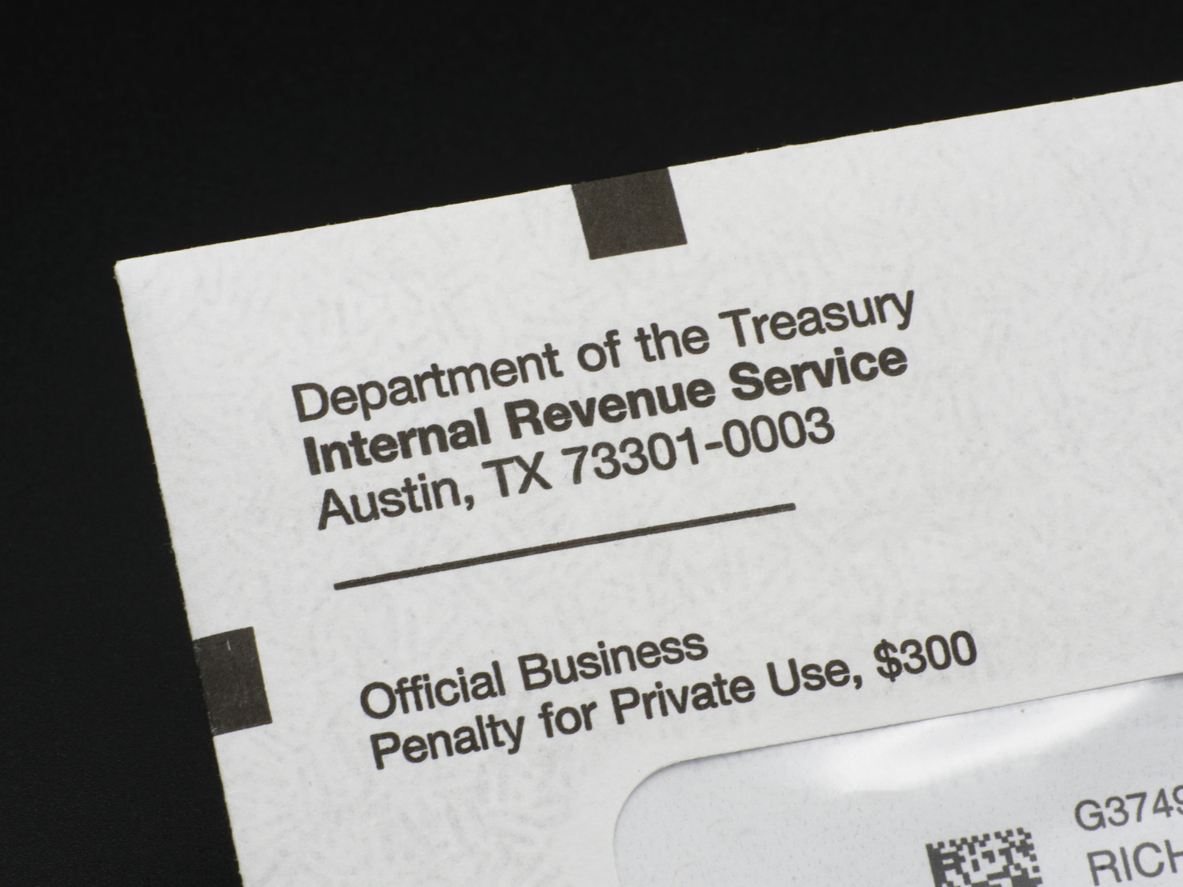Many private medical practices find year-end taxes to be a real pain, but end of year tax wrap up also is the best time to start planning your practice purchases. Utilizing IRS Section 179 to your practice advantage is one way to minimize tax burdens while growing a business. Understanding Section 179 is an important part of the year-end tax planning schedule, whether you’re intending to invest in new equipment, or to improve the financial health of your business.
In most physician-owned practices, one of the key pillars of increasing efficiency, boosting revenue, and improving patient care is investing in the latest in equipment and technology. Fortunately, medical practices can reach these goals while maximizing tax deductions and increasing cash flow by understanding IRS Section 179.
IRS Section 179 basics.
What is Section 179, and how can it benefit your medical practice?
Section 179 is a tax deduction for businesses that was implemented in 1958 to benefit small business growth, including medical practices. The code is named after Section 179 of the IRS Tax Code. Section 179 allows businesses to deduct the full purchase price of code qualified equipment, technology, software, and other office related purchases from their taxes, rather than depreciating assets over time. Utilizing a Section 179 tax deduction can provide practices with a tax benefit immediately, thus freeing up additional cash flow to grow their practice.
What items qualify for Section 179?
Typical medical equipment and technology, as well as capital purchases such as office furnishings, air filtration systems, and some dedicated vehicles qualify as eligible purchases for medical practices.
How your practice can maximize savings with Section 179.
It is always prudent to get an early start planning for taxes, but as the end of the year approaches, medical practices should understand how timing of purchases affects their tax burden. Section 179 requires equipment to be purchased and placed into service and used by December 31.
If you take a closer look at what 179 means for your medical practice, let’s assume you spent $100,000 on upgraded equipment or technology in 2023. Your taxable income may be reduced if the equipment is a qualifying asset. Your practice’s tax savings would be $32,000 if you were taxed at 32%.
Since Section 179 was introduced, the IRS has always set limits that continue to change over time. The maximum deduction in 2023 is $1,160,000. You may in some circumstances be able to deduct the remainder of your qualifying purchase under a different section of the tax code called a bonus depreciation or “100% expense deduction”. It is accepted to use both Section 179 and Bonus Depreciation in medical practices if Section 179 is first applied.
After 2023, bonus depreciation will be eliminated. Bonus depreciation for qualifying assets placed in service in 2024 will be lowered to 80%, and each year thereafter will decrease by 20%. The bonus will be completely phased out in 2027. This makes 2023 the perfect time to invest in upgrades and equipment.
Invest in your practice.
Neither medical practitioners, nor administrative staff need to be tax experts. An expert in financial services can help you maximize your deductions. As bonus depreciation begins to be reduced in 2023, it’s critical to understand the deadlines, so you don’t miss opportunities to make the most of allowable deductions, and to invest in your practice.
The COVID-19 pandemic has made small businesses more aware of their working capital – and the need to keep money moving. The good news is that practices can purchase equipment and software they need before the end of the year and save money. Section 179 is an underused deduction that can ease the financial hurdle of acquiring new, and better equipment, or software for small to medium-sized businesses.
Section 179 is particularly important at the end of the year, when healthcare businesses are planning their upcoming year’s “wish list” and may want to act on a purchase before the end of the year to qualify for the deduction.
Does Section 179 allow deductions for healthcare equipment or software?
Qualified tangible property can be fully expensed the year it is purchased and put into service if it is used more than 50% of the time for business purposes. Normally, most equipment or software used for a medical practice will qualify for Section 179. To qualify, the items can be older but must be new to the person who purchased them.
The items can be used, but new to you! Popular qualifying 179 items include off-the-shelf software, meaning software available to the public that has not been customized, equipment purchased for business use, office furniture and decor, computers, forklifts, trailers, work vehicles (used 100% for work and cannot double as a personal vehicle,)
Qualifying property typically includes tangible, depreciable assets such as physical equipment and tech. Section 179 is meant to cover assets that retain their value after use. To be eligible for the Section 179 deduction, the property must be used for business activity more than 50 percent of the time.
Practices must choose the property for which the deduction is claimed. Medical practices structured as partnerships and corporations, can also pass the Section 179 deduction through to their owners who can then claim it on their individual tax returns.
Small businesses and medical practices can benefit greatly from Section 179 because it allows them to deduct the full purchase price of equipment or software before paying off their loans. When doctors have the equipment immediately, they can start earning a profit and keep their working capital healthy.
The tax code can also significantly reduce the barrier to entry for new businesses in acquiring equipment. Small businesses can use Section 179 to fuel growth in other areas by investing the money they save from tax write-offs. By providing an upfront tax incentive, IRS Section 179 is meant to encourage small and medium enterprises to invest in capital assets. As soon as an eligible asset is placed into service, the cost can be deducted from business income.
Limitations and legal deductions.
In the 2023 tax year, Section 179 allows $1,160,000. A practice can combine a combination of expenses to reach the maximum. However, there is a limit to the eligible equipment you can purchase to receive a deduction. Your Section 179 deduction is limited to your business’s yearly net income. You may not take advantage of the Section 179 deduction to create a loss. If you have a net income of $100,000 before taking the Section 179 deduction and you purchase $125,000 of capital equipment, your deduction will be limited to $100,000. You can opt to take regular depreciation on the remaining assets, or you can carry the remaining $25,000 forward to next year if your net income allows it.
Section 179 does not cover real estate purchases, according to the IRS, if you purchase an office space for your practice, you will likely need to rely on depreciation to receive a tax benefit. Special types of property may qualify as Section 179 expenses, including roofing, HVAC, Security systems (including fire alarms). Check with your tax professional for the details.
Does IRS Section 179 apply to financed equipment?
Section 179 can be applied to financed equipment and technology purchases. The terms and options available should be carefully reviewed to ensure the numbers work for your practice. Remember to put into use any updated equipment and technology before the end of this year, so your practice can take the Section 179 deduction. This means you can invest in your practice, benefit from tax savings, and still manage your cash flow.
In some cases, finance companies will offer a 6- or 12-month payment deferral option as part of the purchase. This allows your practice to generate revenue using your upgraded equipment right away and receive your Section 179 benefit before even making the first payment. Utilizing a similar purchase as the example above, the IRS Section 179 tax savings would cover the first 16 payments on a 60-month loan.
Yes, you can make necessary investments in your business regardless of the interest rate environment! Don’t miss your 2023 Section 179 deadline! Your practice, and your patients will thank you.
Virtual OfficeWare Healthcare Solutions is a full-service integrated IT business partner of practice management and electronic health record services. We service technology and/or services that Section 179 covers. Should you have interest in learning what tools/resources would benefit your practice the most this year or even next, please contact us, we’d enjoy chatting and having you explore your options.






